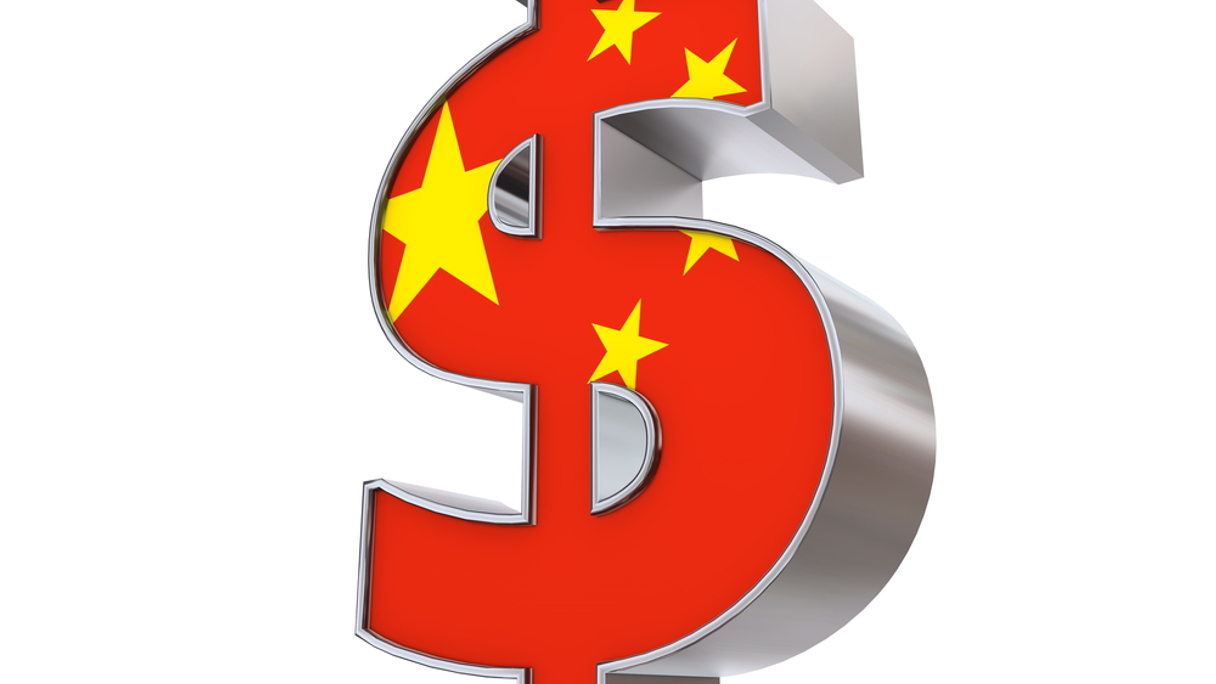The US Federal Reserve’s dovish stance and European Central Bank monetary easing have not only compressed their regions’ corporate credit spreads but also those in Asia, creating pockets of value.
¬ Haymarket Media Limited. All rights reserved.



